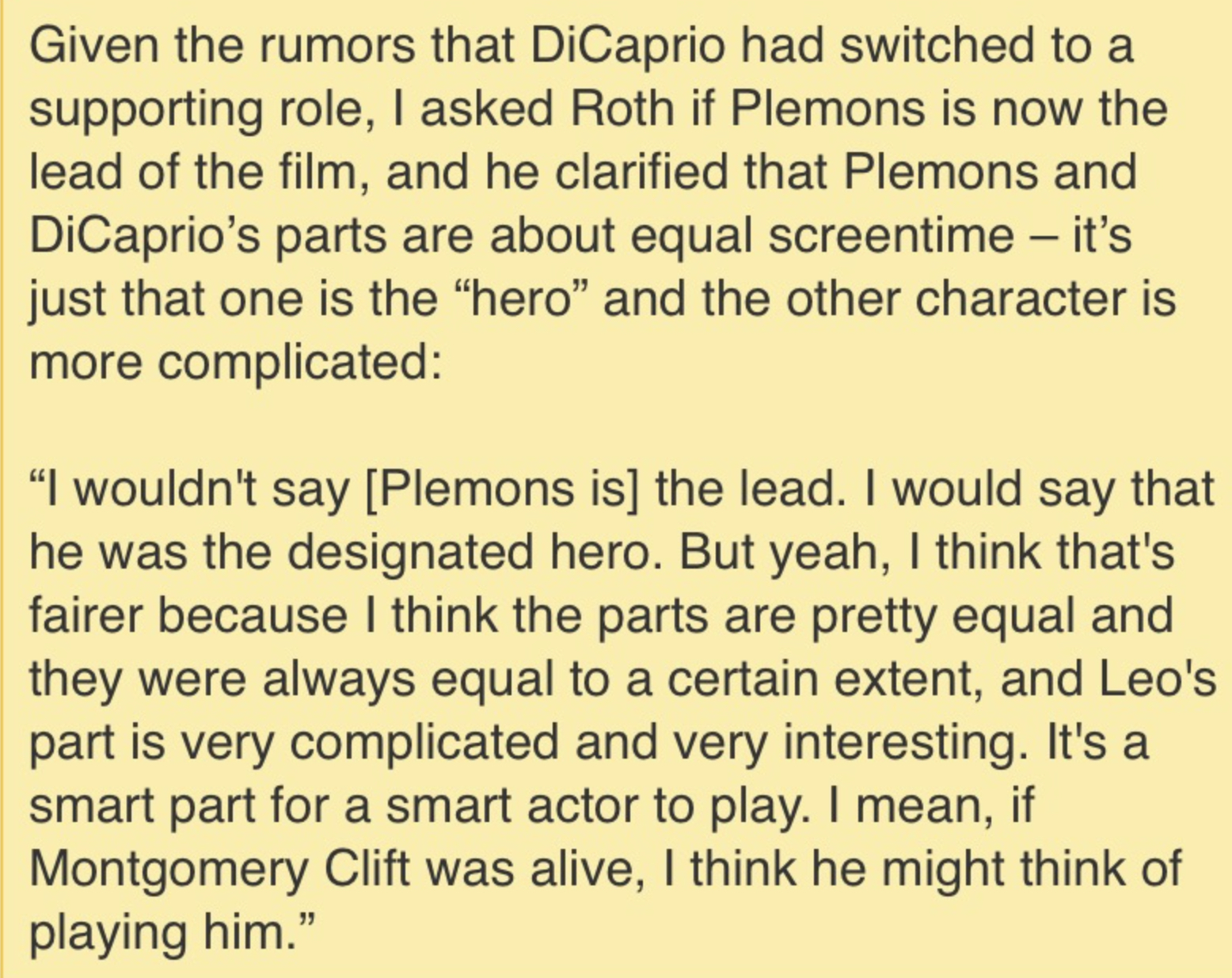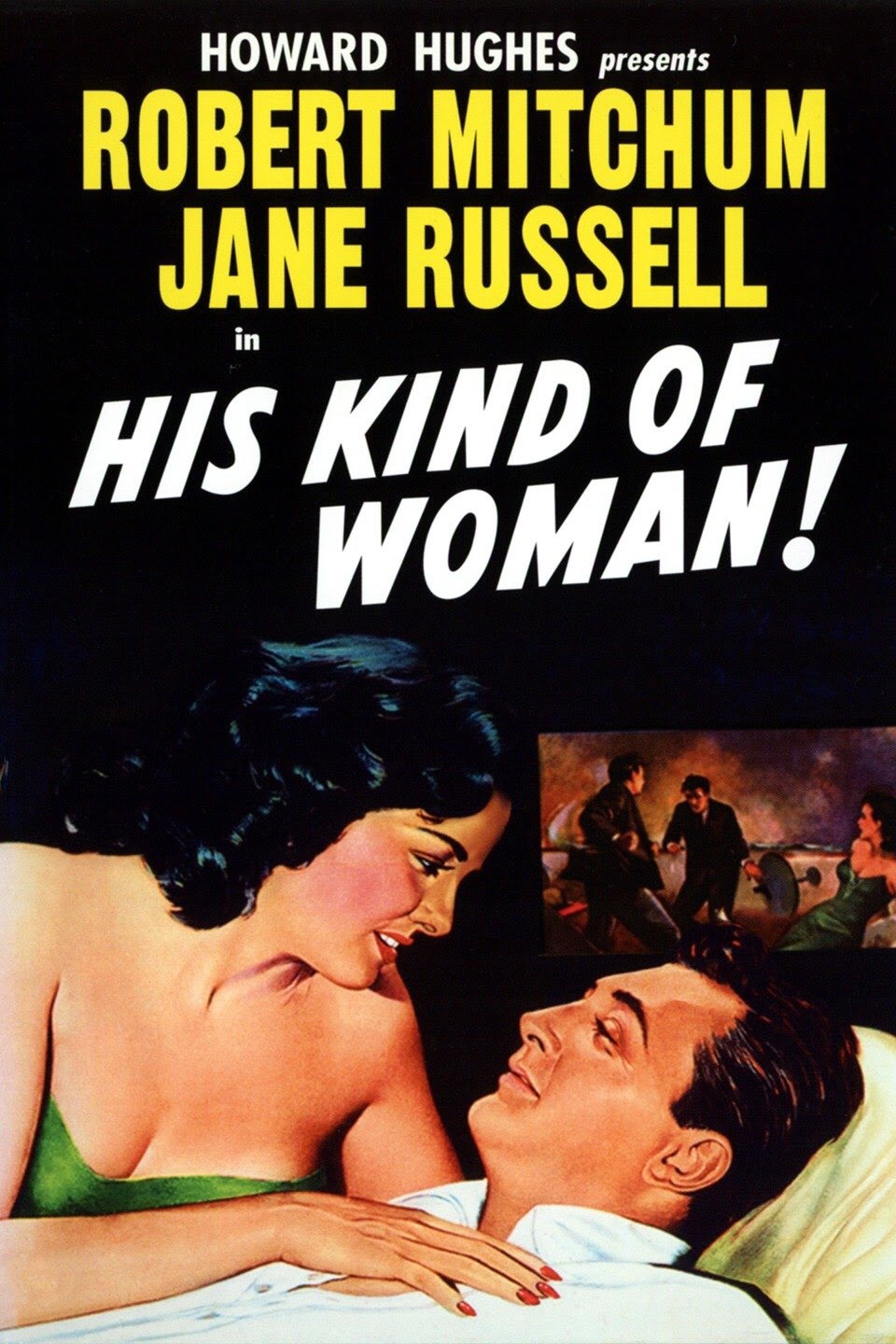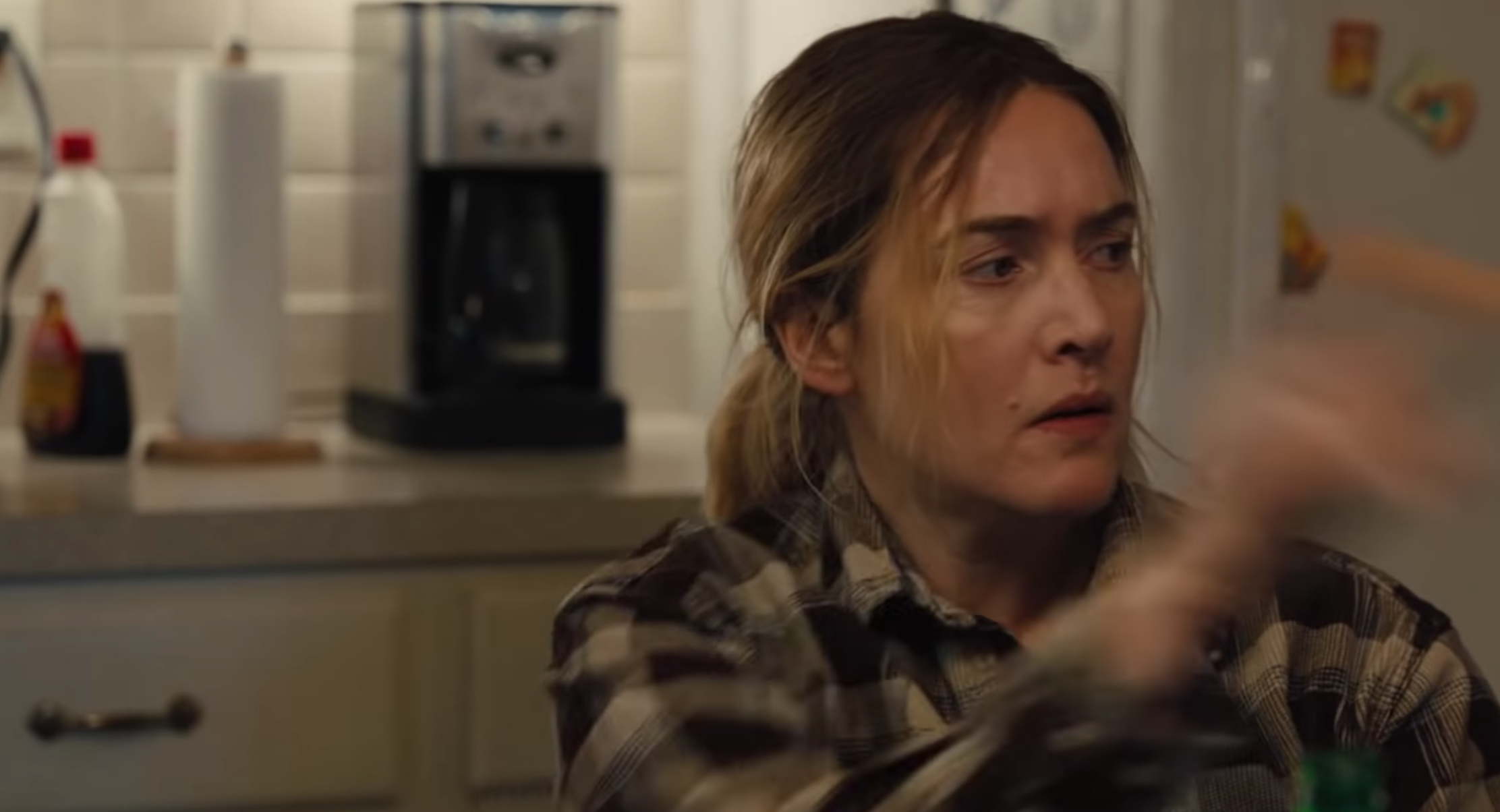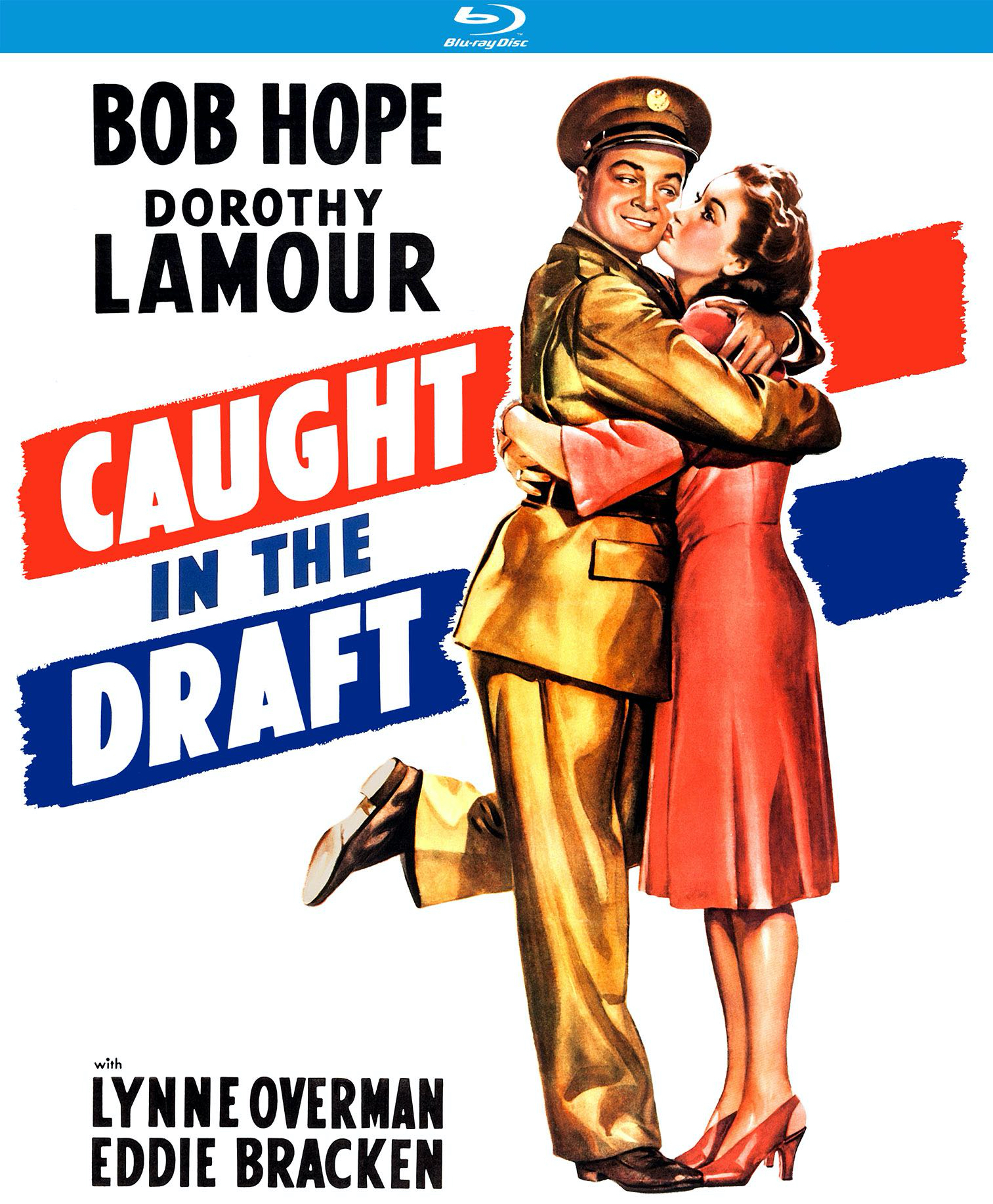What the hell is “piplsay“? It seems too pop-sugary to be regarded as a reputable polling outfit. Either way they’ve posted a new poll, taken between 4.2 and 4.4, claiming that 46% of Americans (roughly 30K in the poll) are down with Dwayne Johnson running for or being President.
Last February The Rock told USA Today that he “would consider a presidential run in the future if that’s what the people wanted. Truly I mean that, and I’m not flippant in any way with my answer.” His candidacv, Johnson said, is “up to the people…I would wait, and I would listen. I would have my finger on the pulse, my ear to the ground.”
Serious question: Who would you rather see snagging the Republican presidential nomination in ’24, Johnson or Tucker Carlson? Dwayne is a rightie, yes, but (and please correct me if I’m wrong) a relatively sane and sensible green one in the Schwarzenegger mold. Better him than Ted Cruz or (God forbid) Josh Hawley.
“They Call Him No-Shame Johnson,” posted on 5.23.18: “After making so many outrageous crap-level movies, how can Dwayne Johnson expect to seriously compete as a Republican presidential candidate in 2024? Won’t voters resent him for appearing in nothing but shit-level ‘entertainments’ for so many years?
“Compared to Johnson Arnold Schwarzenegger was Laurence Olivier by the time he began running for California governor in the early aughts. The Terminator, Predator, Total Recall, Kindergarten Cop, Terminator 2: Judgment Day, True Lies, Eraser, Batman and Robin — Schwarzenegger was a mainstream action star, but at least he made a few semi-respectable films. Johnson just wants to parade around and make dough.







